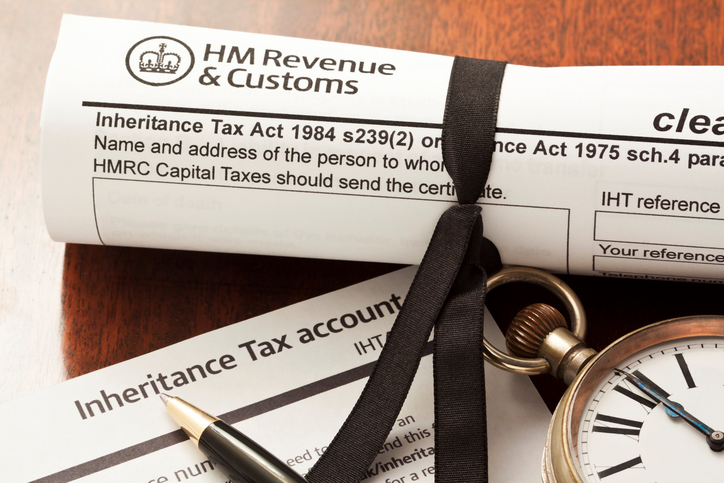If you are not familiar with London’s Stock Exchange Junior Market, or the Alternative Investment Market (AIM) to you and me, you are missing out on an entity that could ultimately enable you to minimise inheritance tax on your estate.
This is because the AIM offers access to shares that can be transferred without a fixed tax liability, enabling investors to retain as much of their hard-earned capital is possible.
This market is defined by hidden risks and complexities, however, and you will need to understand these in careful detail if you are to operate successfully.
What AIM Shares Qualify as Being Tax Exempt?
In simple terms, investing in AIM-listed equities offers investors access to a tax relief benefit known commonly as business property relief (BPR). This theoretically provides a 100% exemption from inheritance tax, while also offering access to the type of lucrative shares typically found on virtual trading platforms such as LCG.
This concept is simple enough, but it is at this point that things begin to get a little more complicated. More specifically, it takes an estimated period of two years before such investments become eligible for BPR, meaning that you will not immediately benefit from significant tax breaks. Not only this, but not all AIM-listed shares currently qualify at all, so it can be an extremely expensive error to invest in volatile or high value stocks that will still be eligible for inheritance taxation.
To make matters even more complicated, the existing tax authorities do not provide a definitive list of the shares that qualify, presumably because this document would change considerably and in real-time. There are also circumstances in which companies evolve to qualify for the tax break, only to lose eligibility as their business model adapts and aspects of its operation are changed. The retention of so-called ‘expected assets’ (which are not used for trade purposes) can cause businesses to lose their listing, for example, while dual listings can also cause similar issues for brands and investors alike.
The Bottom Line
The complexities of AIM-traded securities means that these assets can be subject to considerably high levels of risk and volatility, particularly in comparison with traditional markets. As a result, such securities can incur losses that are far in excess of any proposed inheritance tax savings, which is even more damaging when you consider that this type of share does not pay dividends.
With these points in mind, the challenge facing investors is to take proactive steps to constantly audit and moderate their investment portfolios. While AIM-listed shares may benefit from significant inheritance tax breaks, you can only leverage this if you have a clear understanding of the marketplace and select viable asset classes.



 Bitcoin
Bitcoin  Ethereum
Ethereum  Tether
Tether  XRP
XRP  Solana
Solana  USDC
USDC  Cardano
Cardano  TRON
TRON  Lido Staked Ether
Lido Staked Ether  Avalanche
Avalanche  Toncoin
Toncoin